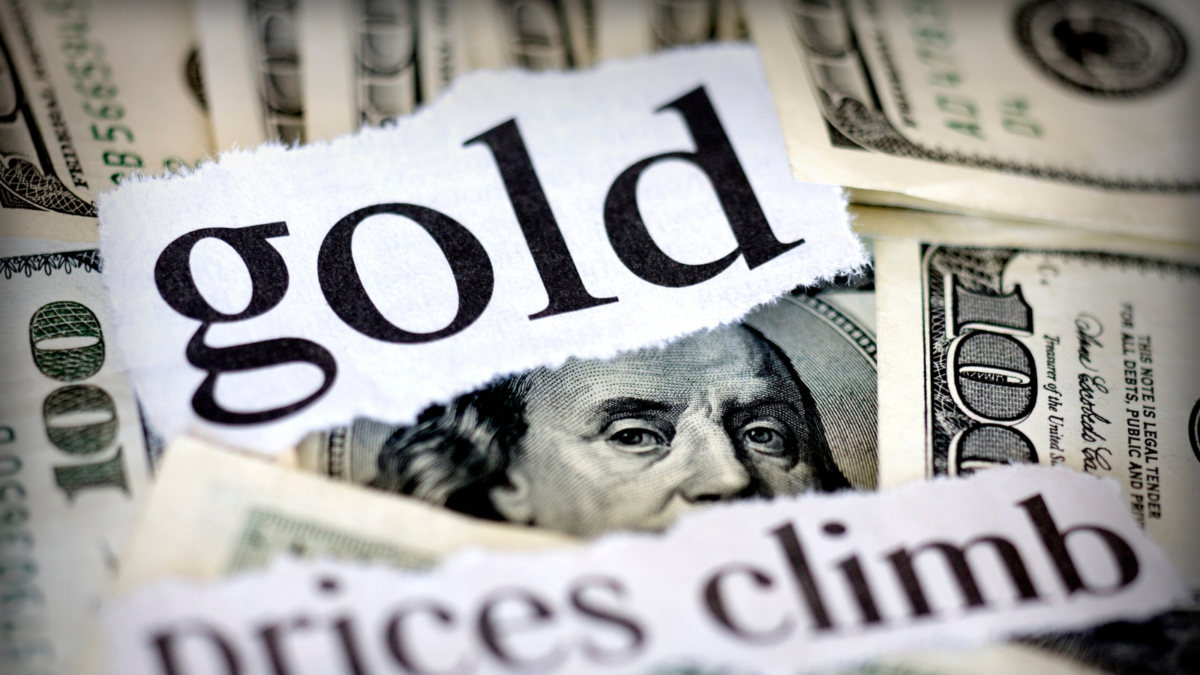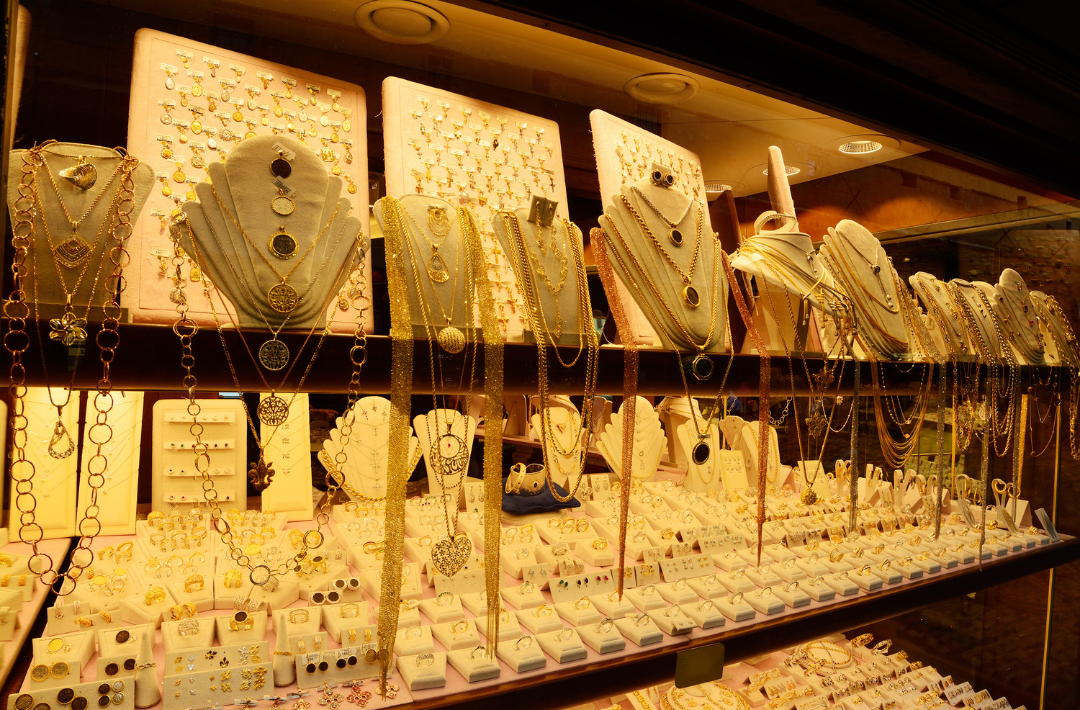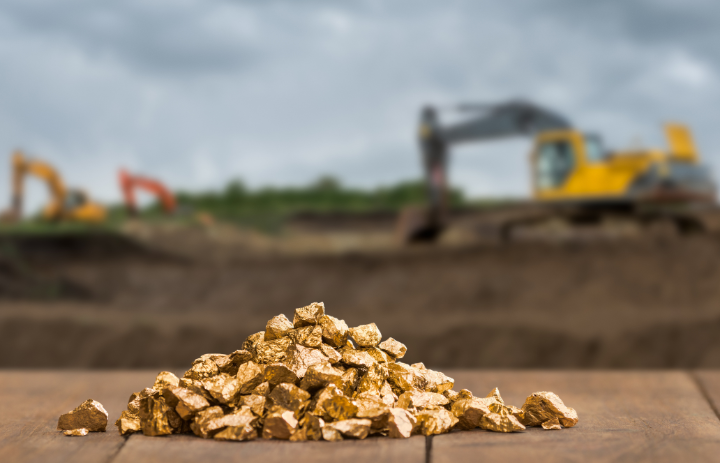Elect to Know More: Precious Metal Market Trends and Pricing Dynamics

In the world of commodities, few hold as much allure as precious metals. Gold, silver, platinum, and palladium are not only valued for their intrinsic beauty but also for their role as safe-haven investments and industrial staples. Behind the glimmer, however, lies a complex economic landscape shaped by precious metal market trends, supply-demand dynamics, refining processes and yes…even elections!
With the U.S. Presidential election just days away, it’s worth noting that the results of an election (or even predictions of an election’s outcome) can shake things up in the economy. When there’s political uncertainty, investors sometimes flock to “safe haven” assets to protect their wealth, driving up their prices. This can cause the price of gold and other precious metals to jump or dip as investors react to new economic signals.
Market Trends and Demand Drivers

Understanding the economics of precious metal refining begins with knowing the market trends and demand drivers that govern their prices. These include:
Investment Demand: Historically, precious metals have been sought after as a hedge against inflation and economic uncertainty. During times of geopolitical tension or market volatility, investors flock to these metals, driving up demand and prices.
Industrial Applications: Precious metals play pivotal roles in numerous industries, including electronics, automotive, and healthcare. Demand from these sectors is driven by technological advancements, regulatory requirements, and shifts in consumer preferences.
Jewelry and Ornaments: The ornamental appeal of precious metals remains a significant factor in shaping demand. Cultural traditions, celebrations, and changing fashion trends influence the demand for gold, silver, and platinum jewelry, impacting refining economics.
Central Bank Reserves: Central banks across the globe maintain reserves of precious metals as a form of financial security. Changes in these reserves, whether through buying or selling, can influence market sentiment and pricing.
Supply-Side Dynamics

On the supply side, the economics of precious metal refining are tied closely to extraction processes, mining output, and recycling efforts.
Mining Production: The majority of precious metals are extracted from mines scattered across the globe. Fluctuations in mining output, driven by factors such as labor disputes, geological challenges, or regulatory hurdles, directly impact the availability of raw materials for refining.
Recycling and Scrap: Recycling plays a vital role in supplementing the supply of precious metals. Refining companies like Noble Metal source significant portions of their raw materials from recycled electronics, jewelry, and industrial byproducts. The efficiency of these recycling processes can influence the economics of refining.
Environmental Regulations: Stringent environmental regulations governing mining and refining operations can impact production costs and, consequently, pricing. Compliance with environmental standards requires investments in sustainable technologies and practices, adding a layer of complexity to refining economics.
Pricing Mechanisms

The pricing of precious metals is governed by various mechanisms designed to reflect supply-demand dynamics and market sentiment.
London Fixing: If you deal in precious metals, you’re almost certainly familiar with the “London Fix,” a process that sets the price of precious metals, such as gold, silver, platinum, and palladium, in the London bullion market. It is currently facilitated by the London Bullion Market Association (LBMA). These prices serve as reference points for transactions globally, providing market participants with a transparent pricing mechanism.
Futures Markets: Futures contracts allow investors and hedgers to speculate on the future price movements of precious metals. The futures market provides valuable insights into market sentiment and serves as a tool for risk management for refining companies and investors alike.
Over-the-Counter (OTC) Trading: OTC markets facilitate direct transactions between buyers and sellers outside of traditional exchanges. These markets offer flexibility and confidentiality but may lack the transparency of exchange-traded transactions.
Vote for Prosperity!

The economics of metal refining are a complicated blend of precious metal market trends, supply and demand dynamics, and pricing mechanisms…making them subject to constant change.
As the global economy evolves, the economics of precious metal refining will continue to be shaped by mining and recycling methods, world markets, and even the political landscape! As a seller of precious metal scrap, understanding the interplay between these elements and working with a refiner you trust will help ensure that you always get the most for your metals.
Interested in getting top dollar for your precious metal scrap? Vote Noble Metal Refining! Our OPEN DOOR POLICY ensures transparency in everything we do, including metal pricing and payouts.
